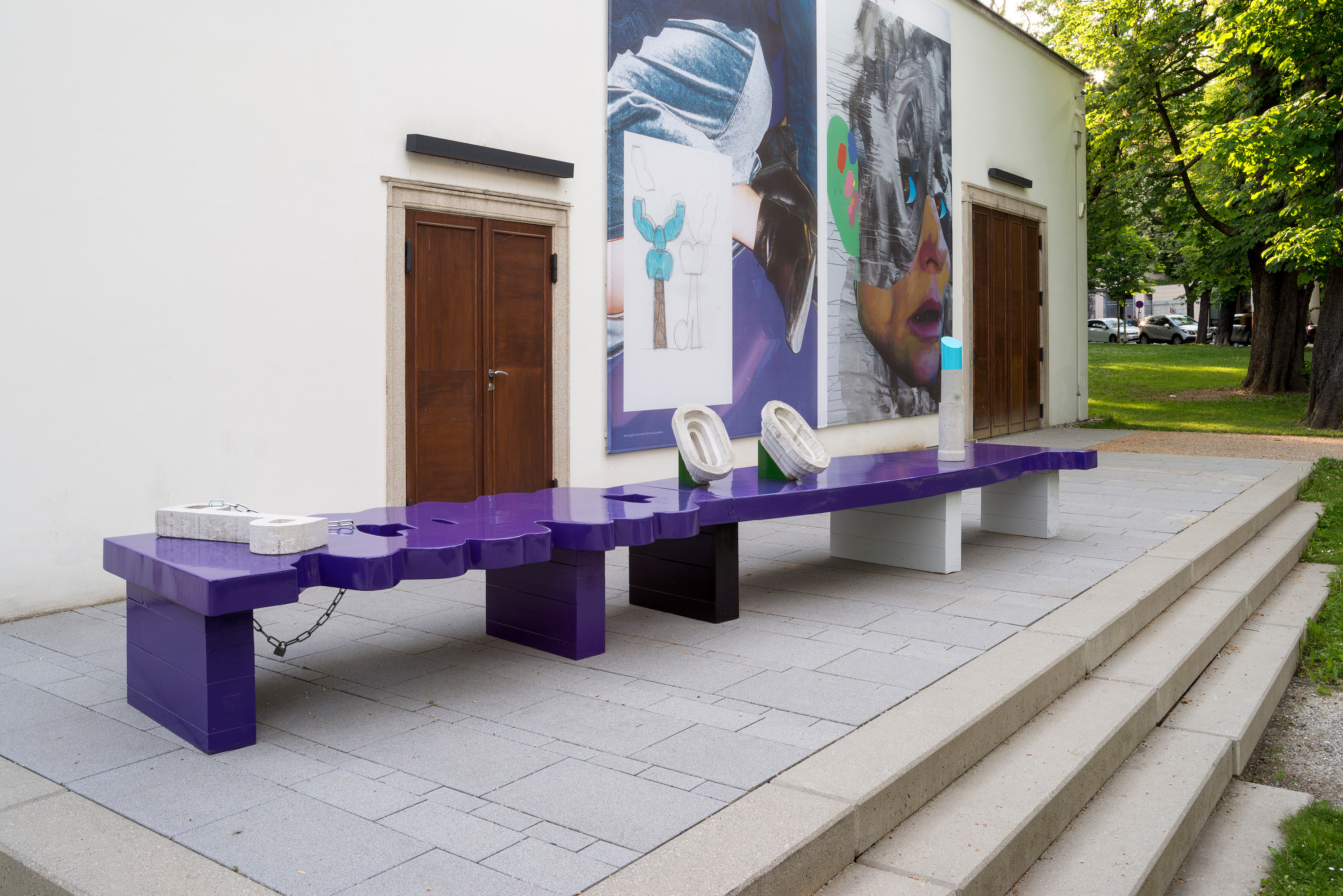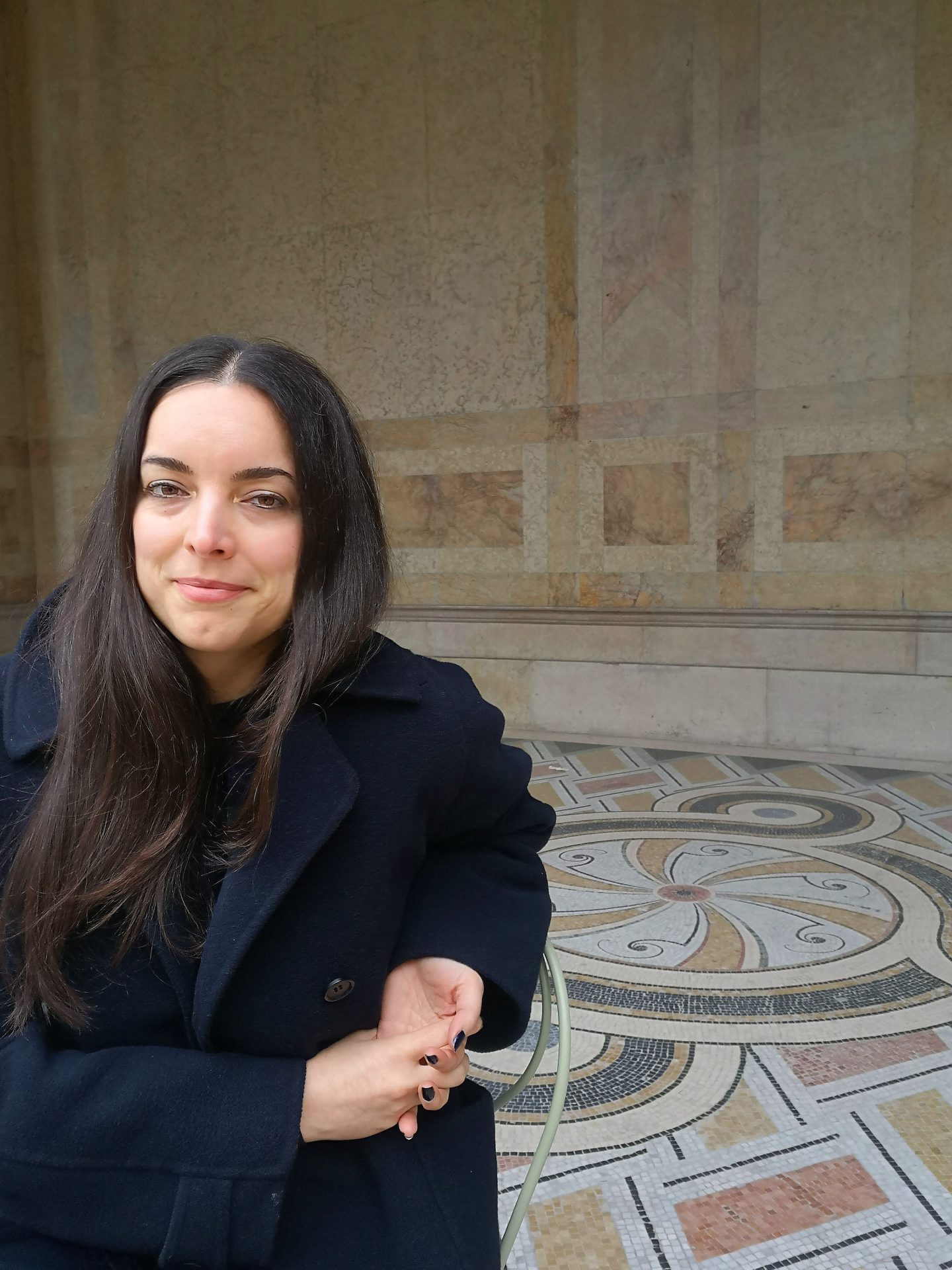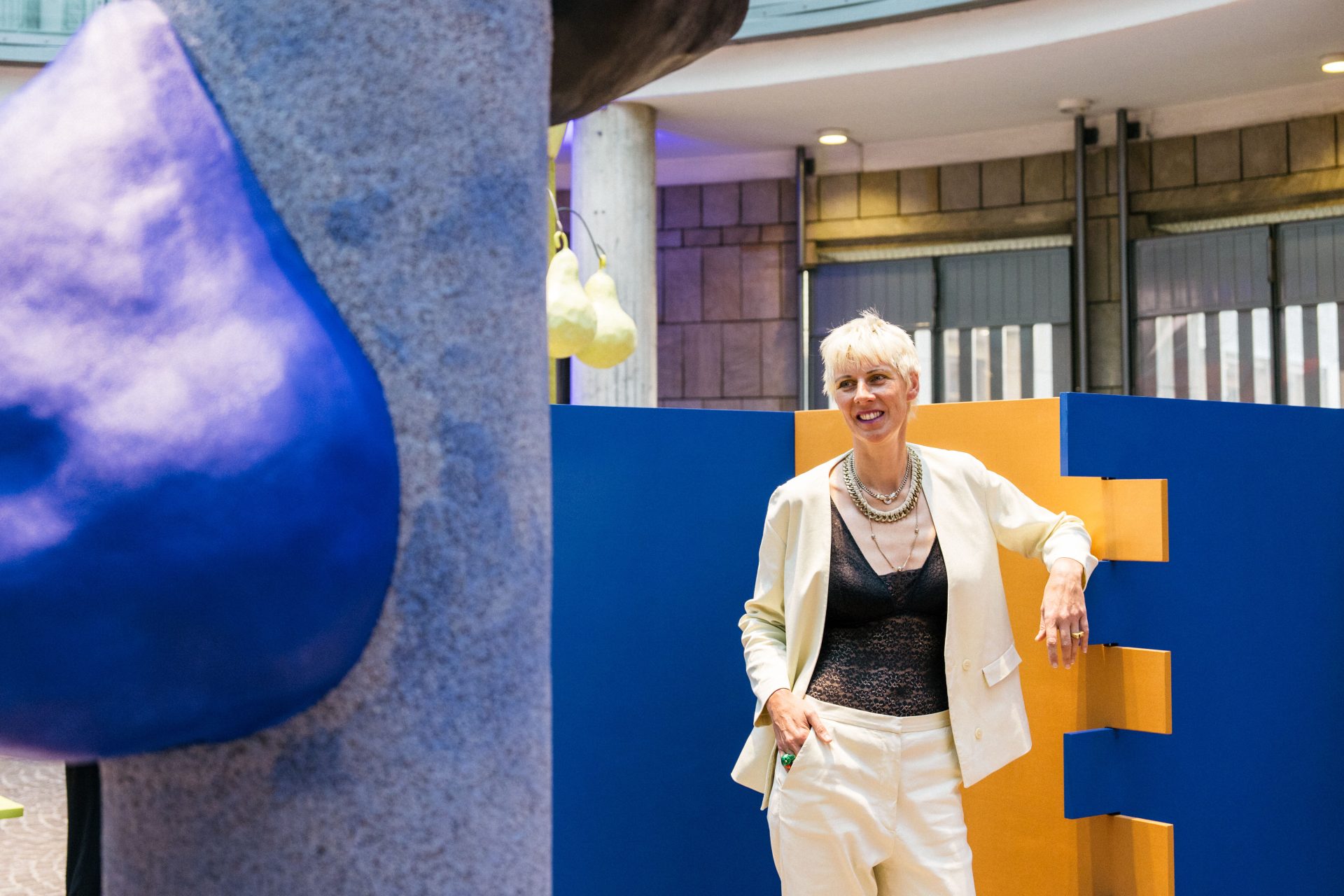They are one of those objects that we often encounter in the public realm but to which we only pay any attention when we need them: benches. Be it a park bench, a city bench or, in semi-public spaces, an exhibition or garden bench, are we not always glad when one suddenly crops up in front of us? Especially if we desperately need a rest from hiking or never-ending shopping. By contrast, frequently a park or garden bench is something we specifically head for in order to sit down and think or give our thoughts free rein. Irrespective of where it is located, the bench is always an oasis made of wooden slats (or stone or concrete or steel).
In keeping with the nature of an oasis, the bench is a small cosmos unto itself. Whoever sits down on it is opting to enjoy physical and/or mental time out. We step out of our surroundings and into our very own world on the bench. We are present and yet even before we actually sit down, we have distanced ourselves. Here the calm, there the hustle and bustle. The people hurrying past and those seated. Those who have to reach a destination, and us here on the bench who are simply here, watching the goings-on.

Benches are there so we might tarry a while, be it outside, inside, or somewhere in between, as with the SCHIRN Rotunda. From September 21 onwards, the latter will feature MARUŠA SAGADIN’s benches, with which she has created much more than “just” a place to leisurely spend time and instead explores topics such as gender, language, architecture, humor, and exaggeration. Sagadin’s benches are resplendent in strong colors and shapes reminiscent of Pop Art. Her “Doris” (2016) bench has the cross-section of a Doric column and yet simultaneously strongly resembles the shape of a woman’s body. Women have to “bear” a lot, which is possibly why Doris also boasts female accessories such as a necklace and lipstick made of concrete. With her benches, Sagadin creates spaces where we can sit and ponder; on her benches we can relax, run, and perform. Her benches are stages and social places.
An aristocratic lady next to a serving girl? A no-no!
In fact, in the public realm the bench has always been more than just an item of furniture on which you sit. It has also always been political. In the Middle Ages, only those of the same social station were permitted to sit together on a bench. An aristocratic lady next to a serving girl? An absolute no-no.

Maruša Sagadin, Doris, 2016, Image via christinekoeniggalerie.com
In 14th-century Tuscany, benches were installed on plazas in order to create spaces for theater performances, street art, and tribunals, and thus promote bourgeois activities and cohesion. At the same time, their architecture communicated exactly what behavior was undesirable. The benches were only half a meter wide, too narrow to allow you to sleep on them. Benches in the public realm are installed by cities and municipalities, and even today their deployment helps dictate where people can or cannot sit and spend time. If certain groups of people are not wanted in specific places, then no benches are provided at all. The bench as a control mechanism.
Or as a gauge of gentrification. In their book which came out in 2019 on benches made of wood, “Bänke aus Holz” (with 60 instructions on how to build your own bench), authors Antje and Susann Rittermann note that according to their own observations, benches built around trees lining Berlin streets tend to disappear if the rental apartments in the particular district have been converted into condominiums. The sisters Rittermann have also determined that there is a striking number of benches in Halle an der Saale, while they are notably absent in Greece. It would seem that Greeks prefer to sit on chairs. Perhaps because chairs, more than benches, invariably have backrests?

Antje Rittermann und Susann Rittermann: Bänke aus Holz, 2019, Image via thalia.de
Scientists have determined that most people prefer a forward seat slope of 10-15 degrees. Sadly, benches with backrests are fast disappearing. In combination with the appearance of “new” materials for benches, such as concrete and steel, the backrest-free benches do not always encourage you to spend time on them. The bench as a symbol of turbocapitalism? Meaning don’t do nothing for too long. Do something! Buy!
The bench as an expression of hegemonic views?
In the semi-public space of an exhibition, benches help structure the space, guide visitors, and also assist in some works being paid more attention than others. The bench as an expression of a hegemonic view? Who decides which artworks benches are placed in front of and which are left without? What artwork is it worth spending time viewing and which are not worth the effort? Sagadin leaves the way visitors perceive her exhibitions neither to chance nor up to the institution and designs the tables and benches herself. In this way, these “items of furniture” become part of the overall installation. The bench as artwork. Which includes in the public realm, with Sagadin’s “Doris” and “Summer” benches being especially beautiful examples. Benches as art installations in the public realm are opportunities to make art approachable, to enable you to enjoy it at a sitting. The form of the bench offers truly infinite potential for new interpretations.

So what does it mean if benches are increasingly disappearing from the public realm? Anette Schneider bemoaned this fact as long ago as 2016 on a Deutschlandfunk Kultur program, and in Vienna there was an outcry in 2021 when popular park benches disappeared overnight – for “security reasons”, while in Bordeaux the number of public benches is kept to an absolute minimum. But are we really seeing an across-the-board disappearance of benches?
In London, at any rate, there are still sufficient benches, and, like in New York City, in parks they often act as “memorials”. The backrest of traditional wooden benches is outfitted with a small metal plaque bearing a dedication to a deceased person; to people who especially liked spending their time on that bench or in that park. Sometimes on anniversaries, flowers get laid in front of a bench or tied to it. A touching “secondary function” of the park bench. After all, so much life and love take place on park benches! You fall asleep on one, you picnic on it, or you simply get completely wasted on it. Entire lives get narrated on benches (a prime example here being Forrest Gump). Marriage proposals are made, and relationships terminated. Ideas are sought, and many a person meets their muse here. Hearts are poured out, tears shed. Babies are breast-fed, ducks are bread-fed. Children in the playground are watched.

The bench is a place of dialog: with other people, with the world, with the artwork before us, or with ourselves. The fact that Maruša Sagadin dedicates herself to benches is not surprising if we take a closer look at her oeuvre. It is shaped by collaboration and dialog with people with whom she has repeatedly worked for a long time now. It is in dialog that the best stories get dreamed up, and thus the bench is also a place of storytelling. What stories get told on Sagadin’s benches in the Rotunda remains to be heard, and the public will never know. And that in itself makes benches such fascinating objects. However public their presence is, the stories told on them are forever private.


